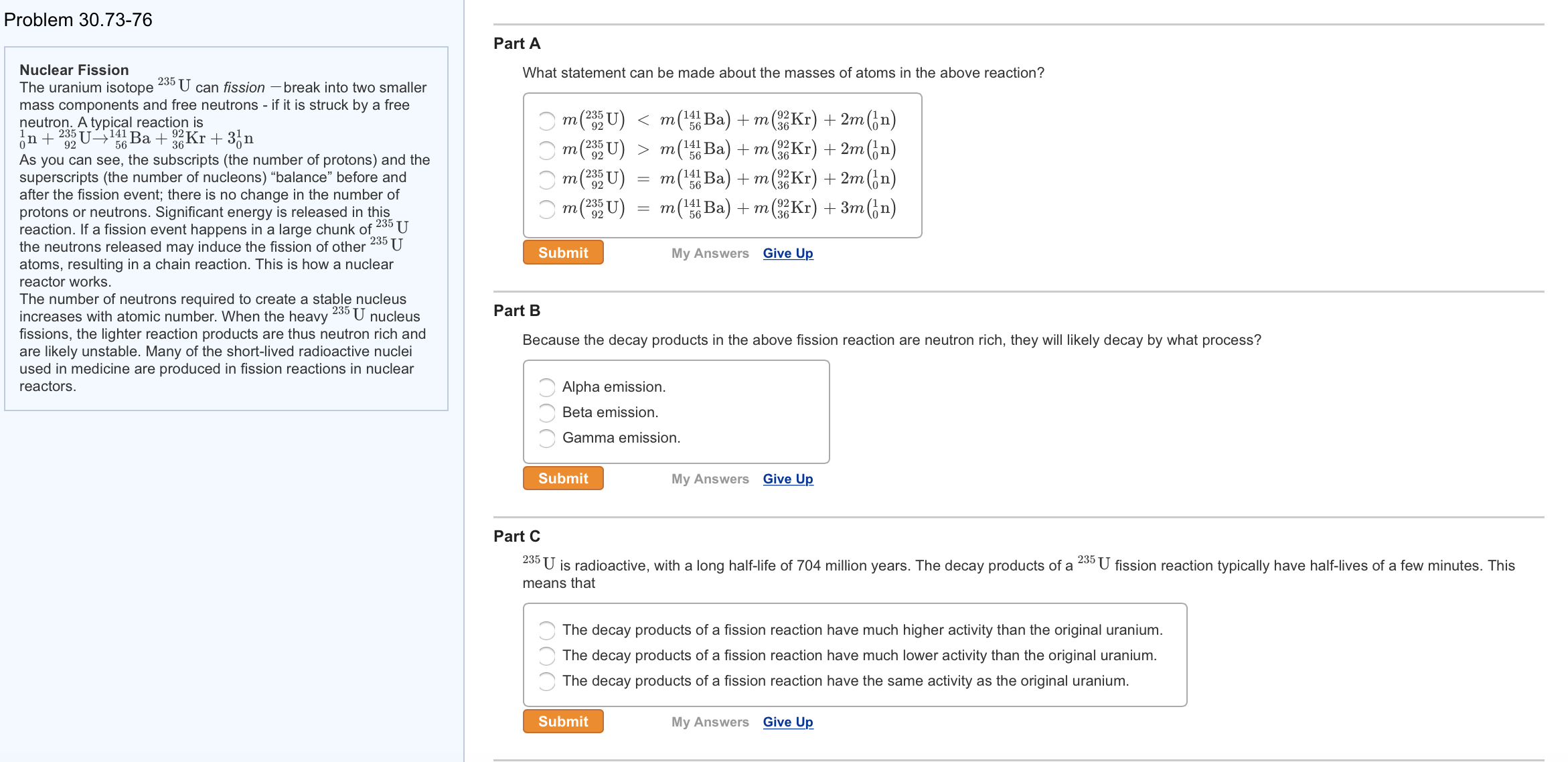
Three of these occur naturally, uranium-234, uranium-235, uranium-238. IsotopesĪll isotopes of uranium are radioactive. The most common ore of uranium is pitchblende, although it also occurs in other minerals, such as uraninite, carnotite, uranophane, and coffinite. Its abundance is estimated to be about 1 to 2 parts per million, making it about as abundant as bromine or tin. It forms many compounds that tend to have yellowish or greenish colors. It also dissolves in acids and reacts with water.

It combines with nonmetals such as oxygen, sulfur, chlorine, fluorine, phosphorus, and bromine. Uranium is a relatively reactive element. Its density is about 19.05 grams per cubic centimeter. Malleable means capable of being hammered into thin sheets. Ductile means capable of being drawn into thin wires. Uranium is a silvery, shiny metal that is both ductile and malleable. Radioactivity is the tendency of an isotope or element to break down and give off radiation. In fact, radioactivity was not discovered until 1898. In 1841, French chemist Eug ène-Melchior Peligot (1811-90) produced pure uranium from uranium oxide.Įarly researchers did not know that uranium was radioactive. It was not until a half century later, in fact, that the pure element was prepared. Eventually they realized he had found uranium oxide (UO 2), a compound of uranium. The name was given in honor of the Uranus, a planet that had been discovered only a few years earlier, in 1781.įor some time, scientists believed that Klaproth had isolated uranium. He concluded that he had found a new element and suggested the name uranium for the element. At the time, scientists thought that pitchblende was an ore of iron and zinc.ĭuring his research, however, Klaproth found that a small portion of the ore did not behave the way iron or zinc would be expected to behave. During the late 1780s, Klaproth was studying a common and well-known ore called pitchblende. Discovery and namingĬredit for the discovery of uranium is usually given to German chemist Martin Klaproth (1743-1817). Regarded as one of the most important elements for the future of the human race. Nuclear power plants convert the energy released by fission to electricity. After the war, nuclear power plants were built to make productive use of nuclear fission. The first application of this discovery was in the making of nuclear weapons, such as the atomic bomb. Large amounts of energy and smaller atoms are produced during fission. Nuclear fission is the process in which the nuclei of large atoms break apart.

Scientists discovered that one form of uranium will undergo nuclear fission. But annual sales before World War II (1939-45) amounted to no more than a few hundred metric tons of the metal and its compounds. It had a few applications in the making of stains and dyes, in producing specialized steels, and in lamps. The actinide family consists of elements with atomic numbers 90 through 103.Īt one time, uranium was considered to be a relatively unimportant element. Uranium occurs near the beginning of the actinide family. The periodic table is a chart that shows how chemical elements are related to each other.

Uranium is the heaviest and last naturally occurring element in the periodic table. Note: This article, originally published in 1998, was updated in 2006 for the eBook edition.


 0 kommentar(er)
0 kommentar(er)
